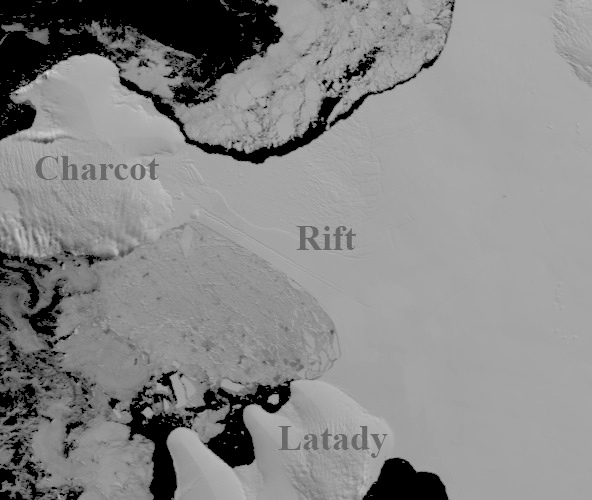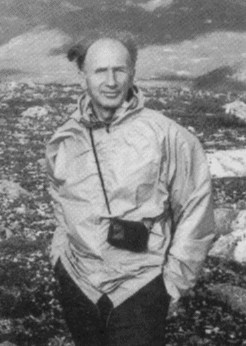The Onion last week had a great (recycled) spoof on the various ‘green’ special issues being published but, not to be outdone, the contributors to RealClimate have also been busy producing paper products about the environment.
Surprisingly perhaps, as well as having day jobs and writing for this blog, collectively we have written a number of popular science books about climate change. Some of these have already been published, but there are a few more “in the pipeline”. We try not to overdo self-promotion on this website (for instance, we don’t blog about most of our own technical publications) but since these projects are synergistic with our aims here, it makes sense to let people know what we’ve been up to. We have therefore set up a page listing “Our Books” that we will keep up-to-date as more titles become available. It’s also linked from the new animated gif image on the side bar.

 Many of you will have seen the obituaries (
Many of you will have seen the obituaries (